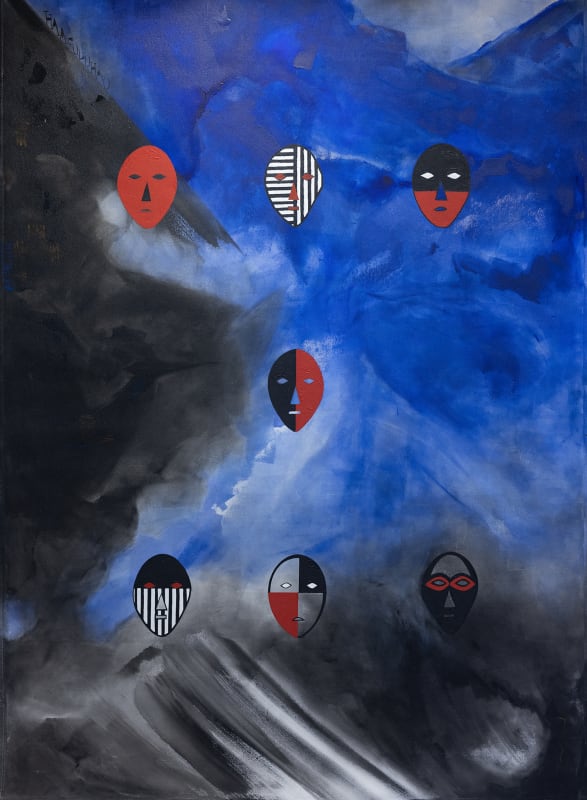The significance of kupesi in Tongan history extends beyond mere decoration; it serves as a coded visual language, one that signifies kinship, status, and strategic recognition. In the context of warfare, painted facial patterns played a critical role in distinguishing ally from adversary, reinforcing the deep connection between visual identity and survival. The repetition and structure of kupesi not only mark individual identity but also function as a metaphor for the interconnectedness of community and lineage.
Work’s study of this tradition extends into contemporary concerns surrounding biometric data, surveillance, and the ethical dimensions of facial recognition technology. Just as kupesi once provided a means of identification in Tongan society, modern technologies now utilize facial mapping to construct unique digital identities. However, the shift from cultural expression to algorithmic classification raises urgent questions about privacy, agency, and the potential misuse of biometric data.
By drawing parallels between these historical and contemporary systems of recognition, Work’s practice underscores the tension between preservation and progress, tradition and surveillance. His works serve as both a celebration of Tongan heritage and a critical inquiry into how identity is increasingly mediated through technology. In Tautahi – In the Face of Adversity, Work challenges viewers to consider the implications of facial recognition—not only as a tool of technological advancement but also as a site of cultural negotiation and resistance in a rapidly shifting global landscape.


